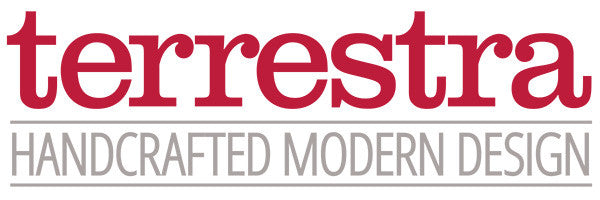There are usually three ways that people come into possession of full sets of dinnerware: register for them, inherit them, or purchase them.

Many of us have combinations of items we've acquired over the years. We have sets that once belonged to family members, now missing random pieces. We have plates we've picked up at antique shops and garage sales. We have mugs from office Secret Santa gift exchanges. If it's time to make an investment in matching dinnerware in a style you've chosen yourself, here is a rare opportunity to consider exactly what you want.
Some dinnerware is sold as place settings—for example: dinner plate, salad plate, cereal bowl, and mug—and the pricing works to your advantage if you buy the settings that the manufacturer or retailer has defined. Some dinnerware is sold open stock, which means that you can assemble whatever combinations of pieces you wish. In some cases the predefined settings include pieces you would seldom or never use, but at least this saves you the trouble of having to make too many decisions. And as dinnerware shoppers quickly discover, the number of decisions to make (brand, style, glaze color, which items, how many of each, etc.) can be vast.
Dinnerware taxonomy
All the types of food you serve will have to be accommodated by the settings you assemble. Which pieces do you need?
| Type of plate/bowl |
What it can be used for |
| Dinner plate (~10-11") |
Primary plate at any full meal |
| Salad plate (~8") |
Lunch, salad, appetizer, dessert |
| Bread or side plate (~6") |
Bread, dessert, saucer |
| Pasta bowl (~10", shallow) |
Primary plate for pasta, stew, chili, etc. |
| Soup bowl (~7-8", shallow) |
Soup, salad, cereal |
| Cereal bowl (~6", deep) |
Cereal, soup |
| Dessert bowl (~4", shallow) |
Fruit, ice cream |
| Mug |
Any beverage, hot or cold |
| Cup & saucer |
Coffee or tea |
The most universally useful pieces on this list are the dinner plate, salad plate, and cereal bowl, because for everyday purposes there are very few foods that cannot be served on/in one of them. If your household doesn’t consume much cereal but does like soup, you can substitute a soup bowl for the cereal bowl. If most of your dinners are one-pot concoctions in sauce, you can add a pasta bowl or substitute it for the dinner plate.
Some items are handy serving pieces even if you don’t need one for every guest. A pasta bowl, for example, is a useful small serving bowl, and a dessert bowl can hold chutney or olives.
How many place settings?

How many people normally dine at your table? That can be a good number to start with.
What’s the largest group you may find yourself entertaining on, say, Thanksgiving? That’s also a useful number.
If you are purchasing by the piece rather than by the setting, take advantage of the opportunity to get more of the most useful items (such as salad plates, which you can also use for breakfast, lunch, and dessert) and fewer of the ones you don't expect to use as often.
Think ahead
If you have decided that all your dinnerware must be exactly the same style and color, which is a reasonable expectation (and possibly why you are making this purchase in the first place), be prepared for the likelihood that your exact style and color may not be available several years from now when you go shopping for pieces to replace the ones that have broken. If you must have complete matching settings, you may want to purchase a few extras while you can.
Alternatively, many styles of dinnerware are available in complementary glaze colors that can be combined in attractive ways. If you are willing to mix things up a little on your table, you will have more replacement options going forward. Many makers add new styles and glazes to their lines every few years, so you will also find that it’s easier to give your table a fresh look by adding a new style or color to your existing set.







